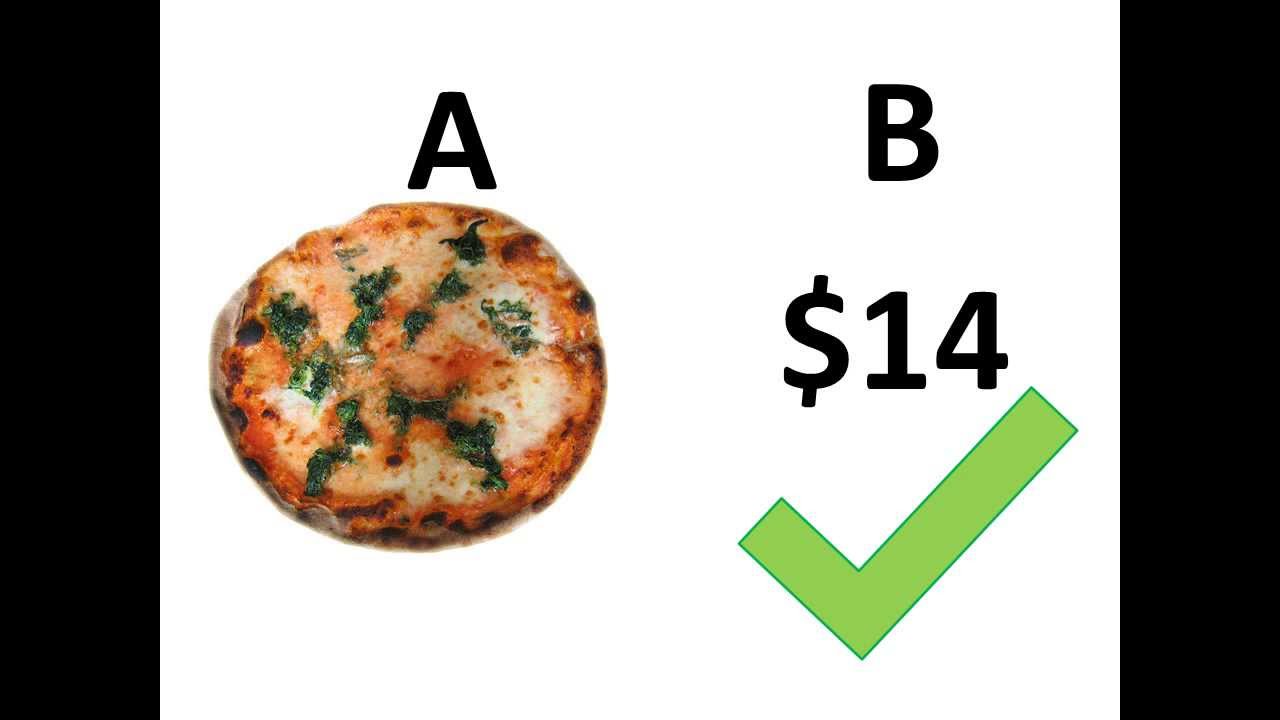Making sure your products and services are priced correctly is one of the most critical aspects of running a business.
If you don't charge enough, you'll miss out on revenue you could be using to hire more employees, improve your products, and expand your business.If you charge too much, you risk alienating and driving away potential customers.
If you're an entrepreneur or a business professional who is in charge of determining your company's pricing strategy, you need to know how much your customers are willing to pay.In this section, you'll find a brief overview of how toestimate the willingness-to-pay concept and various methods for doing so.

Willingness to Pay
What Is Willingness To Pay?
The maximum price a customer is willing to pay for a product or service is known as the "willingness to pay," or "WTP," acronym.
A specific dollar amount or, in some cases, a price range can be used to represent it.However, it is important to understand that, in most cases, customers will not pay more than this price threshold.
Harvard Business School Professor Bharat Anand explains in the online course Economics for Managers that "whatever your willingness to pay for a product might be, and wherever it comes from, you're just not going to pay more than that [amount] for it," he says.
A customer's willingness to pay can vary greatly from one person to another.Extrinsic or intrinsic differences in the customer population are frequently to blame for this discrepancy.
Disparities in the extrinsic factors can be seen.These are things you can usually tell about someone without having to ask them.It is possible that a customer's age, gender, income, education, and where they live all have an impact on their willingness to pay.
When it comes to intrinsic differences, you won't know about them unless you ask the person directly."Unobserved differences" refer to these intricacies, which are difficult to detect.It is possible that an individual's willingness to pay is influenced by their risk tolerance, desire to fit in with other people, and level of passion about a given subject.
Measuring Willingness To Pay
Because you're competing in a crowded market, it's impossible to determine each customer's WTP individually.If you prefer, you can try one of the following four options:
- Analyzing market data to forecast future demand based on previous purchases and sales records.
- Lab and field tests where shoppers are given moneyand a variety of choices and asked to make purchases in a manner that mimics the real world
- Direct surveys, in which consumers' willingness to pay is directly questioned, or industry experts are consulted to estimate future demand
- Shoppers are asked to rank their preferences in relation to various price points in an indirect survey.
Keep in mind that none of these methods yields results with a high degree of precision.Moreover, in a situation of uncertainty, such as COVID-19, your findings will be quickly out-of-date.Avoid using information that is more than a decade old.
The results of WTP research, despite shoppers' best efforts to provide accurate responses, are less than stellar.The situation, however, is more complex.
Consumer psychology literature provides us with more than just different ways to measure WTP.We also know how a shopper's willingness to pay influences their purchase decision.
How To Influence Willingness To Pay
The market's willingness to pay for your product isn't constant, and it's tied to the specifics of your offering.You can use these two pieces of information to your advantage because they show that you can influence the willingness to pay.If you want to increase your customers' willingness to pay, here are some ideas.
Value Proposition Influences Willingness To Pay
The failure to clearly state the value proposition is a common blunder made by businesses.What distinguishes your offering from the rest of the field?What is it about your product that sets it apart from the competition?A willingness to pay calculation can be used to determine which features are most valuable, but you must communicate this information to your customers once it is available.Your value proposition is what persuades customers that your product is worth their money, so it must be a central part of your marketing strategy.
Brand Awareness Boosts Willingness To Pay
Most generic and name brand products are very similar, and the only difference is the price.However, people are still willing to pay a premium for name-brand products.
When consumers are aware of a company's name and products, they are more willing to pay for them.Aside from that, it tells you how important it is to establish your own brand.
Another way to stand out from the crowd is to match your brand's value proposition to it.
Influencer Marketing & Social Proof Increases Willingness To Pay
Never in the history of business has a company said: "Our product is terrible, purchase the competition."
As a result, potential customers will only believe so much of what you tell them about your product.They'll believe in your value proposition if it's strong.
Your opinion isn't factored into the general perception of your product.
There's a lot riding on what you say.People's opinions are important.Customers are more likely to believe in your product if they see social proof and influencer marketingin action.
And, as a result, their willingness to pay for the services.
What Is The Difference Between Willingness To Pay (WTP) And Willingness To Accept (WTA)?
The supply curve's willingness to accept can be equated to the demand curve's willingness to pay.This means that a customer's willingness to pay is equal to the highest price they are willing to pay for a product.It's the lowest price you're willing to accept in order to get rid of it.
Conclusion
On a final point, it should go without saying that being aware of what your customers are willing to pay is essential for developing an effective, competitive, and conversion-driven pricing plan.
When determining the appropriate price strategy, how essential do you think the willingness to pay of your target clients is?